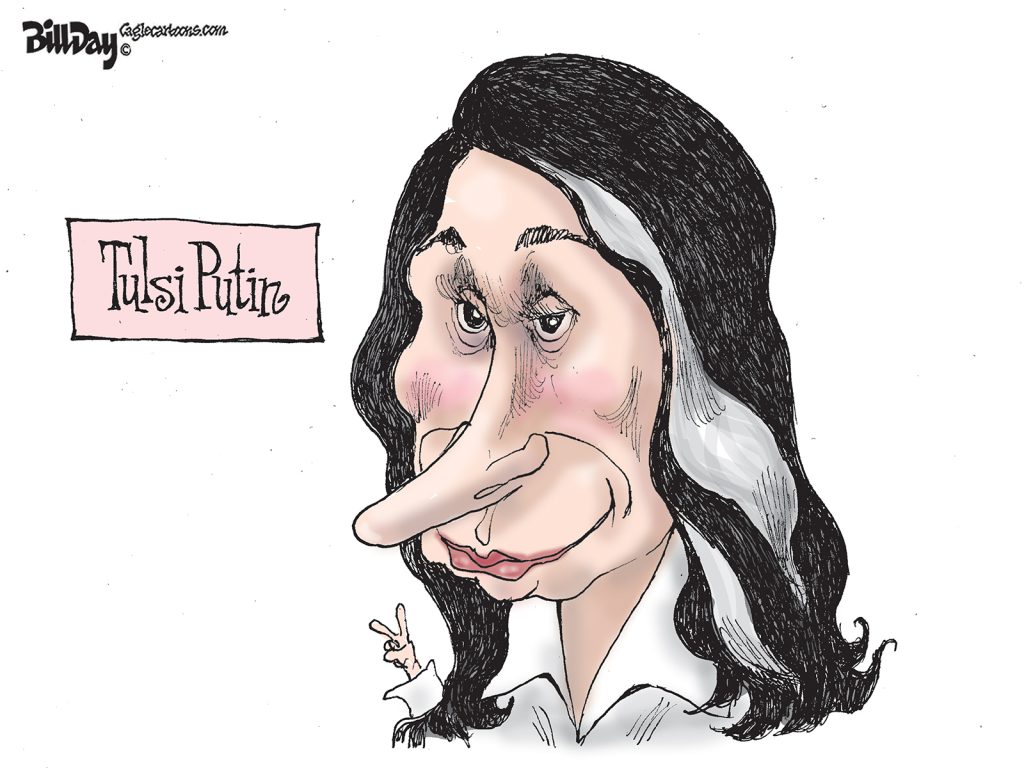From Atlantic Cities:
In a nation with more than 19,492 incorporated municipalities, all with varying degrees of autonomy and authority when it comes to designing their fiscal systems, policymakers have fabricated a crazy quilt of local revenue. Travel to Boston and you will find a municipal government that depends primarily on property tax to fund local services. In Cincinnati, however, it is the income tax that rules the day, while in Tulsa it’s the sales tax.
It wasn’t always like this. Economist Glenn Fisher remarked that in an agrarian economy, “wealth and property are the same things and the ownership of property is closely correlated with income or the ability to pay taxes.” Consequently, for much of the nation’s history, municipal governments relied on property taxes or a tax on the rich for their own-source revenue (defined as those resources over which the city has the authority to tax or collect a fee, excluding federal and state aid).
According to the 1902 census, state governments raised 45 percent of their own-source revenues from the property tax; the figure for all local governments was 78 percent. But while states began to diversify their revenues in the first quarter of the 20th century (Oregon, for example, began imposing a gas tax in 1919), municipalities remained dependent on property tax. Indeed, as states continued to diversify their revenue structures in response to the growth of manufacturing and changes in settlement patterns (more people moving to cities), they gradually released control over their portion of the property tax to local governments.
By the time the stock market crashed in 1929, the state property tax contributed only 15 percent of state funds. By the post-World War II era it had dropped to under 3 percent. But for localities it would remain a dominant revenue source for decades to come.
To fill the gap created by declining property tax revenues during the Great Depression, cities turned to several new sources. One of the more popular was the sales tax. New York City Mayor Fiorello LaGuardia imposed the first local sales tax in 1934. In the years that followed, New York was joined by a growing list of cities that either gained authority from their states to tax retail sales, or that assumed the power to do so under their home-rule charters. State lawmakers in California and Illinois granted cities access to the sales tax in the 1940s. By 1962, 12 states gave local governments the power to tax retail sales. Today, more than half of all municipalities receive at least support from the sales tax.
Consequently, sales taxes as a portion of cities’ general revenue reached around 11 to 12 percent of own-source revenues by the 1960s, while the property tax declined from three-quarters in the 1930s to about half in the 1960s. By the late 1970s, sales tax revenues had reached nearly 16 percent of own-source revenues on average, where it has remained ever since.
Municipal income tax is allowed by only a handful of states like Ohio, Pennsylvania, Michigan, Alabama and Missouri. (New York City is by far the leader in income taxation, receiving more than $7.5 billion in 2011.) Nevertheless, only some 10 percent of all municipalities impose an income tax.
The Tax Puzzle for Today’s Cities
The Great Recession is just the latest challenge to cities’ ability to raise tax revenues from various sources. Increased unemployment, declining consumer confidence and other economic trends associated with the Great Recession have had a substantial impact on all sources of tax revenue for the nation’s cities.
According to the latest survey of city fiscal conditions by the National League of Cities, in constant dollars (adjusted to account for inflationary factors in the state-local sector), general fund revenues in 2011 declined 2.3 percent from 2010 revenues, while expenditures declined by 4 percent. Looking to the close of 2012, city finance officers project that general fund revenues will decline by 3.9 percent in constant-dollar terms and expenditures will grow slightly, by 0.3 percent.

According to the 2012 survey, the revenue decline in 2012 is connected to the still-reeling real estate markets. Property tax collections in constant-dollars were expected to decline by 2.1 percent, the third year in a row of year-over-year property tax revenue declines. Meanwhile, city finance officers expected an average decline of 0.8 percent in income tax receipts in 2012, yet sales tax receipts were expected to pick up by 2.4 percent over 2011 levels.
As a result, cities are increasingly seeking out services to which user fees can be attached and slashing spending wherever they can. Yet, one overarching question is: Is the current fiscal architecture of a city a good one?
Free Riders?
In Chicago, where I live, nearly half a million people drive or take transit to the city for work each day from surrounding cities and towns. All of these people benefit from the city services that Chicago provides, including police and fire protection, roads and street lighting, and amazing open space and trash collection. Yet none of them contributes much more than a dime to these services. Chicago residents are very kindly subsidizing the services these people expect the city to provide during their 9-to-5 lives.
Chicago is not the exception; most employment-center cities, such as Atlanta, Houston, San Diego, Washington, D.C., Boston, Seattle, and New York City, enjoy very large daytime populations as people commute to their places of work. Very few cities are authorized by their states to collect tax revenue from non-residents for the provision of city-government services to the users.
Of course, lodging and restaurant taxes, car rental taxes, and retail sales taxes can provide cities that have large daytime populations with additional revenue from non-residents. But do non-residents purchase large, expensive items at their place of work? And exactly how much ‘service’ does a non-resident consume compared to her contributions to the city’s coffers?
Over the past several decades, municipal tax systems have changed in many ways to try and capture the revenues needed to support essential services. But most cities continue to base their tax systems on dated notions of how local economies work and what drives income growth and wealth. Cities must be given the ability to develop tax and revenue systems that match the unique characteristics of their local economies, and that allow them to diversify revenues in ways that protect them from fiscal crises.
How might that request be accommodated? Tax structures should be created that link cities to their underlying engines of growth or to income and wealth, similar in design to what the property tax attempted to accomplish two centuries ago. In Ohio for example, cities tax earnings at the place of employment and the place of residence. By taxing at the place of employment, users of city services (that is, employees who physically work at a site) contribute to the resource base for service provision.
Imagine if users of city-government services actually were required to pay for the full cost of those services? Imagine household decisions on where to live that is based on their paying the full cost of services. Imagine the decision calculus by individuals who would be responsible for paying their fair share. It could be revolutionary.





I know the interstate commerce clause of the US Constitution is a real barrier, but wouldn’t it be nice if we could impose user fees on intermodal transfers in Memphis?